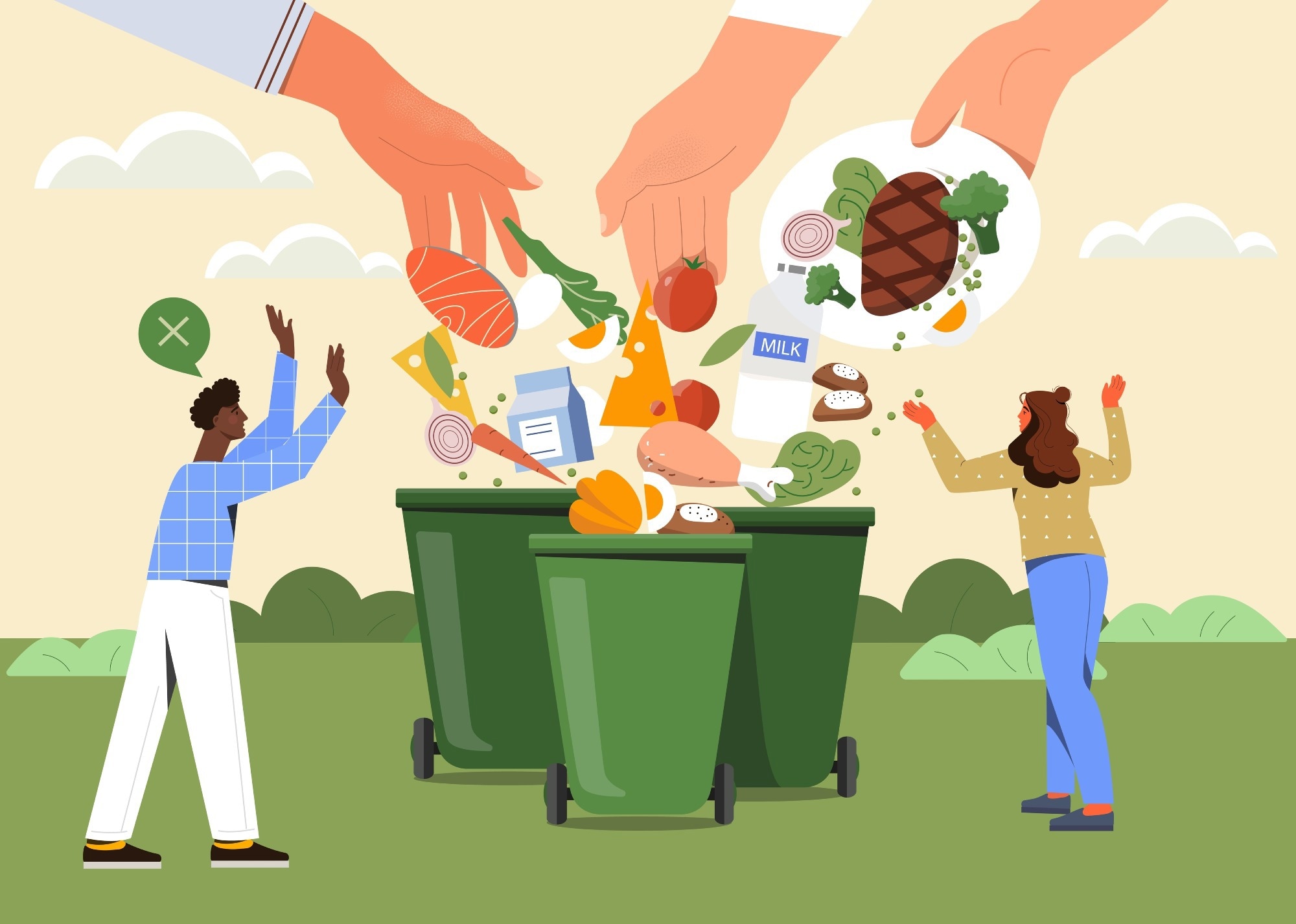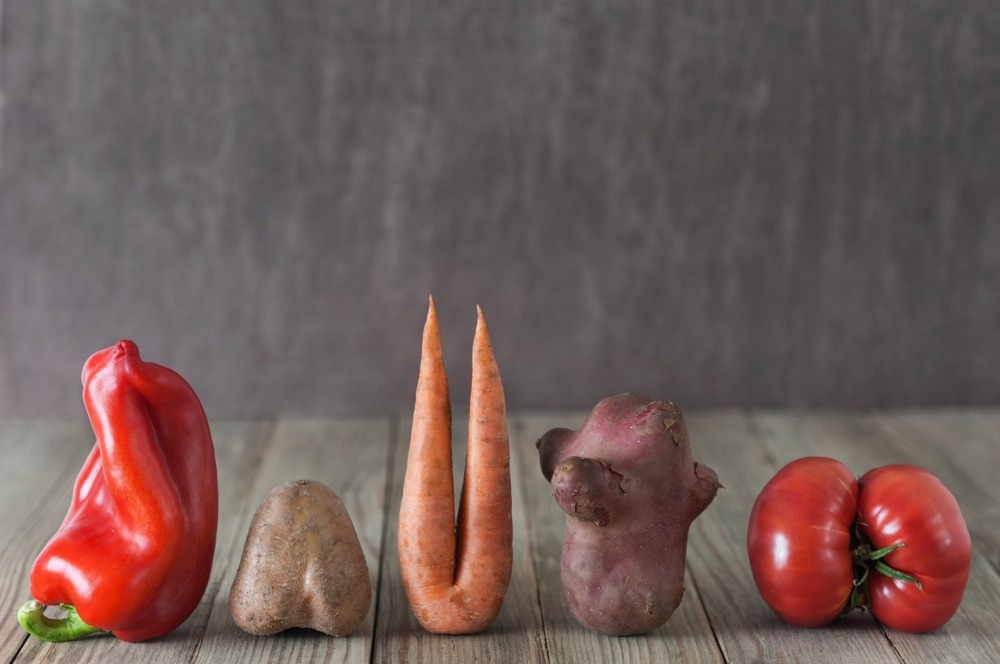In recent years, the number of people going hungry has steadily increased. This problem will only worsen as the world's population grows, forcing us to produce more food to feed everyone, even though agriculture is already stretched.
One strategy for making food more accessible and increasing the sustainability of global food resources is to tackle waste, which leads to up to half of the food produced not fulfilling its potential to feed people. Here, we explore long-term solutions to address food waste so that more people can receive sufficient nutrition each year.

Image Credit: mentalmind/Shutterstock.com
The worsening problem of global hunger
The number of people going hungry worldwide has been falling for several decades. Global initiatives, together with records harvests, rising incomes, and falling food prices, helped more people access sufficient nutrition in the years leading up to the millennium. However, the positive progress toward reducing global hunger has been wiped out in recent years. More than 60 million more people are going hungry in 2019 than in 2014, and between 2018 and 2019, the number of people going hungry increased by 10 million.
When the pandemic hit, this number rose again. The World Bank has revealed that between 2019 and 2020, the number of people going hungry rose by 10%, representing an increase of 161 million people. The COVID-19 pandemic worsened the situation, but climate change, the growing global population, conflict, increasing urbanization, and high levels of inflation have been propelling food insecurity for several years.
Now, in 2022, the ripples of the pandemic are still being felt. In addition, the agricultural sector in Ukraine, an important exporter of wheat and other commodities, has been disrupted by the war. This has added to food insecurity, causing scarcity of some food items and increasing food prices in many countries.
Food waste and food insecurity
Food waste is a significant contributor to food insecurity. It is estimated that one-third to one-half of all food produced is wasted. Food waste can occur at any step, from sowing the seeds of crops to throwing food away in homes, commercial, or restaurant settings. Climate change is increasingly impacting the success of crop yields. Harsh and unseasonal weather can ruin large percentages of crops, causing thousands of kilos to be wasted each year.
Another leading cause of wastage is damage to produce during transit. Failure to keep fresh produce at optimal temperatures leads to spoilage. Failure to package produce correctly can also lead to damage and spoilage. Finally, once food has reached the consumer, whether at home or in a restaurant or catering outlet, food is wasted simply by being thrown out. This is often due to not consuming it before the best before date or because too much food was prepared.
These sources of wastage contribute to food insecurity because more food needs to be produced than is needed to feed the population. If we cut food wastage, there would be more food available, and this would help make more food accessible to those in more vulnerable populations, such as those on low incomes. It would help food prices decrease and make our food source more reliable and resilient to external factors such as pandemics, conflict, and climate change.

Image Credit: Mirra/Shutterstock.com
Tackling the food crisis by reducing food waste
We need long-term, reliable strategies to address food waste at its core to ensure greater percentages of crop yields go towards feeding people rather than being wasted. Reducing food wastage can make our global food systems more sustainable and reduce global hunger.
In recent years, many innovations have been established to tackle food waste at various parts of the food journey. Connected sensors have been integrated into agricultural practices so that farmers can adjust the environment to accommodate their plants' specific needs and mitigate the negative effects of climate change. Sensors can, for example, relay data in real-time about rainfall, soil moisture levels, sun exposure, and soil PH levels. The IoT is also helping farmers remotely monitor and control pest infestations through the use of thermal sensors, fluorescence imaging sensors, acoustic sensors, and gas sensors.
In transit, temperature sensors are also helping to maintain optimal conditions for produce automatically. Scientists have also developed edible coatings that prevent microbial growth, extending the shelf life of fruit and veg.
At home, consumers are becoming more conscious of how their eating habits impact the environment and the people on the planet. Businesses have been set up to help redistribute food that would go to waste. 'Ugly' fruit and veg deemed not suitable for sale in supermarkets are being sold direct to the consumer, and apps have been established that help consumers rescue food waste in their local area by purchasing food that is nearing its sell-by date.
Much research is currently underway into developing novel ways to prevent food waste. For example, new sensors that monitor the plant hormone ethylene (which signifies when produce may spoil) may further help to prevent wastage from produce not being eaten before it turns.
Sources:
- 2021. UN report: Pandemic year marked by spike in world hunger [online]. World Health Organization. Available at: www.who.int/.../12-07-2021-un-report-pandemic-year-marked-by-spike-in-world-hunger (Accessed May 2022)
- 2022. Food Security Update [online]. The World Bank. Available at: www.worldbank.org/en/topic/agriculture/brief/food-security-update (Accessed May 2022)
- Conrad, Z., Niles, M., Neher, D., Roy, E., Tichenor, N. and Jahns, L., 2018. Relationship between food waste, diet quality, and environmental sustainability. PLOS ONE, 13(4), p.e0195405. journals.plos.org/plosone/article?id=10.1371/journal.pone.0195405
- Harry Kretchmer. 2022. Global hunger fell for decades, but it's rising again [online]. World Economic Forum. Available at: www.weforum.org/.../ (Accessed May 2022)
- Lucy Towers. 2014. Integrated Approach Vital to Reduce Food Waste and Loss [online]. The Fish Site. Available at: thefishsite.com/.../integrated-approach-vital-to-reduce-food-waste-and-loss (Accessed May 2022)
Further Reading
Last Updated: Jul 20, 2022